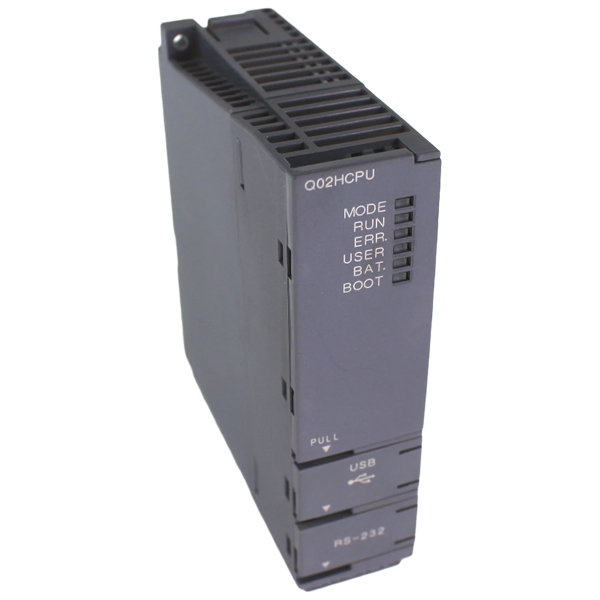1. EXECUTIVE SUMMARY
- CVSS v3 10.0
- ATTENTION: Exploitable remotely/low attack complexity
- Vendor: Mitsubishi Electric Corporation
- Equipment: MELSEC Series CPU module
- Vulnerabilities: Classic Buffer Overflow
2. RISK EVALUATION
Successful exploitation of this vulnerability could allow a remote attacker to cause a denial-of-service condition or execute malicious code on a target product by sending specially crafted packets. The attacker needs to understand the internal structure of products to execute malicious code. Therefore, it is difficult to execute malicious code.
3. TECHNICAL DETAILS
3.1 AFFECTED PRODUCTS
Mitsubishi Electric reports this vulnerability affects the following MELSEC Series CPU module:
- MELSEC iQ-F Series FX5U-xMy/z x=32,64,80, y=T,R, z=ES,DS,ESS,DSS: Serial number 17X**** or later, version 1.220 and later
- MELSEC iQ-F Series FX5UC-xMy/z x=32,64,96, y=T, z=D,DSS: Serial number 17X**** or later, version 1.220 and later
- MELSEC iQ-F Series FX5UC-32MT/DS-TS, FX5UC-32MT/DSS-TS, FX5UC-32MR/DS-TS: version 1.220 and later
3.2 VULNERABILITY OVERVIEW
3.2.1 CLASSIC BUFFER OVERFLOW CWE-120
A vulnerability, due to copying buffers without checking size of input, exists in affected MELSEC Series CPU modules. Exploitation may allow a denial-of-service condition and malicious code execution.
CVE-2023-1424 has been assigned to this vulnerability. A CVSS v3 base score of 10.0 has been calculated; the CVSS vector string is (AV:N/AC:L/PR:N/UI:N/S:C/C:H/I:H/A:H).
3.3 BACKGROUND
- CRITICAL INFRASTRUCTURE SECTORS: Critical Manufacturing
- COUNTRIES/AREAS DEPLOYED: Worldwide
- COMPANY HEADQUARTERS LOCATION: Japan
3.4 RESEARCHER
Matt Wiseman of Cisco Talos reported this vulnerability to Mitsubishi Electric.
4. MITIGATIONS
Mitsubishi Electric has created firmware version 1.290 to address this issue and encourages users to update. The following should be referred to when updating: “5 FIRMWARE UPDATE FUNCTION” in the MELSEC iQ-F FX5 User’s Manual (Application).
Mitsubishi Electric recommends that users take the following mitigation measures to minimize the risk of exploiting this vulnerability:
- Use a firewall or virtual private network (VPN) etc., to prevent unauthorized access when internet access is required.
- Use the product within a local area network (LAN) and use firewalls to block access from untrusted networks and hosts.
- Use IP filter function to block access from untrusted hosts.
- For details regarding the IP filter function, users can refer to “12.1 IP Filter Function” in the MELSEC iQ-F FX5 User’s Manual (Ethernet Communication).
- Restrict physical access to the LAN that is connected by affected products.
For specific update instructions and additional details see the Mitsubishi Electric advisory.
CISA recommends users take defensive measures to minimize the risk of exploitation of this vulnerability. CISA reminds organizations to perform proper impact analysis and risk assessment prior to deploying defensive measures.
CISA also provides a section for control systems security recommended practices on the ICS webpage at cisa.gov/ics. Several CISA products detailing cyber defense best practices are available for reading and download, including Improving Industrial Control Systems Cybersecurity with Defense-in-Depth Strategies.
Additional mitigation guidance and recommended practices are publicly available on the ICS webpage at cisa.gov/ics in the technical information paper, ICS-TIP-12-146-01B–Targeted Cyber Intrusion Detection and Mitigation Strategies.
Source:
https://www.cisa.gov/news-events/ics-advisories/icsa-23-143-03


Stay connected